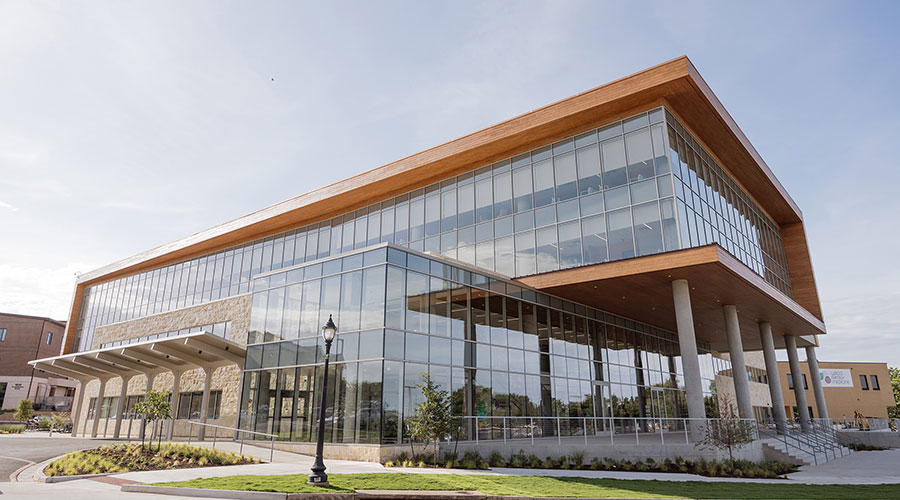AUSTIN, Texas – To support the expansion of its world class data center in Santa Clara, Calif., Verizon Terremark deployed Active Power’s (NASDAQ: ACPW) PowerHouse solution, a complete modular power system, that integrates all electrical infrastructure components into a single unit. This includes uninterruptible power supply (UPS) systems, switchgear, monitoring/controls software, etc.
Challenged with limited real estate, Verizon Terremark needed a compact auxiliary power system. Four PowerHouse systems were installed on the facility’s rooftop to provide complete power protection to the data center’s mission critical IT infrastructure. The systems were installed in the third quarter of 2013.
Each of these systems include Active Power’s CleanSource® UPS; input and distribution switchboards; automatic transfer switch controls; redundant air conditioning system; fire detection equipment; and a monitoring and controls panel. All four systems are capable of supporting nearly four megawatts of uninterruptible power supply (UPS) protected load.
“As we update our infrastructure, we are continually looking for ways to make our data centers more efficient,” said Ben Stewart, senior vice president, Facility Engineering, at Verizon Terremark. “PowerHouse modular units are energy and space efficient, which give us flexibility to manage power consumption to best serve the needs of our clients and limit energy and equipment waste.”
“The power density and flexibility of PowerHouse allows us to offer one of the most compact modular power solutions in the industry that enables the operator to reduce the size and cost of their land and building,” said Todd Kiehn, senior director, Product Management, at Active Power. “The philosophy behind our PowerHouse product line is to simplify the design and build process for our customers.”
“This simplification comes in the form of taking factory built components, integrating them into a purpose built enclosure, and testing the entire system in advance of delivery as opposed to doing all of this work in the field,” continued Kiehn. “This saves the customer time and money so they can better manage the infrastructure supporting their data center power requirements.”

 Waco Family Medicine Achieves Savings and Bold Design with Wood Selections
Waco Family Medicine Achieves Savings and Bold Design with Wood Selections Alleged Ransomware Administrator Extradited from South Korea
Alleged Ransomware Administrator Extradited from South Korea Design Plans Unveiled for New Intermountain St. Vincent Regional Hospital
Design Plans Unveiled for New Intermountain St. Vincent Regional Hospital Ground Broken on New Pediatric Health Campus in Dallas
Ground Broken on New Pediatric Health Campus in Dallas Pre-Construction Strategies for Successful Facilities Projects
Pre-Construction Strategies for Successful Facilities Projects